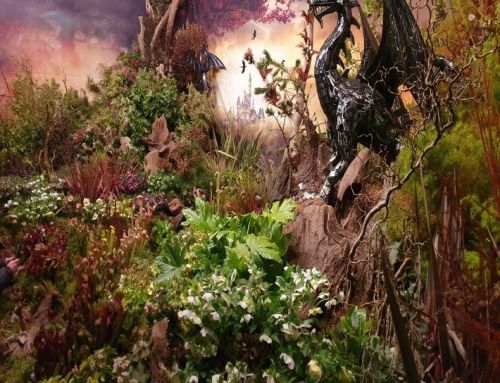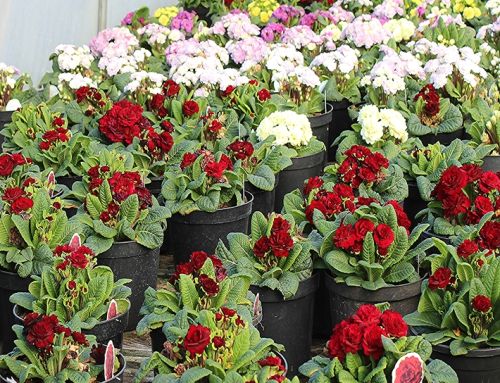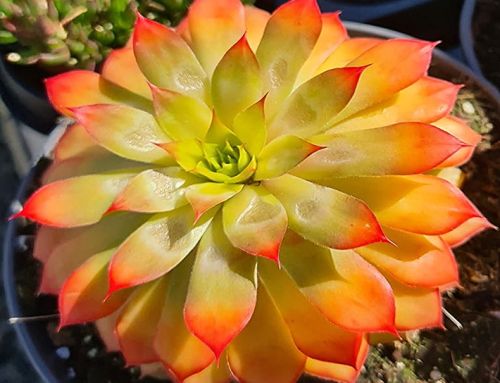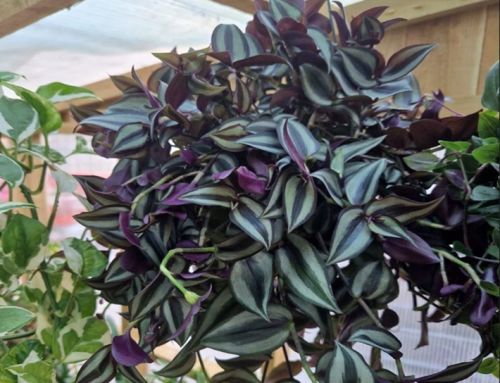Our adventure in to the world of Carnivorous Plants
So let’s talk Carnivorous Plants!
In 2019, we became the proud custodians of a National Collection of Sarracenia (previously housed at PJ Plants, Hereford) here at Farmyard Nurseries and we took our first tentative steps into the Carnivorous Plant world.
On the whole Carnivorous Plants have a bit of a bad reputation, we too fell into that trap of believing that they are temperamental and difficult to care for. We lay the blame for this common misconception firmly at the feet of the notorious Venus Fly Trap (Dionaea muscipula), by far the most famous of Carnivorous Plants. Instantly recognisable by its snapping traps. Many of us will have owned one of these much maligned plants and many of them seem to suffer the same sorry fate, slowly drying out on a dull windowsill, occasionally being poked with a small stick by a curious child.
In reality we have found Carnivorous Plants to be incredibly easy to care for. Yes, they have specific requirements but these requirements are easy to meet. A tray of rain water, lots of lovely light a cold winter dormancy and a growing medium completely free of nutrients are all they really need.
Whilst the snappy traps of the Venus Fly Trap are undoubtedly curious and charming they simply cannot compete with the impact and elegance of the Sarracenia species and hybrids. The pitchers of Sarracenia reach skyward (some up to 1m!) in a variety of colours, shapes and sizes. From the tall, beautiful Saracenia leucophylla, it’s green pitchers fading upwards to it’s white frilled hood covered in a filligree of veins in shades of red and pink, to the peculiar Sarracenia purpurea with it’s short, fat pitchers of dark purple. The flowers are also incredible rising on sturdy stems before the pitchers themselves. The large heads are striking and cartoon-like ranging in colour from softest yellow to deepest red.
There are several recognised species
Sarracenia flava
The yellow trumpet pitcher plant. This species is a tall elegant pitcher plant with yellow-green “tubes”, it bears an attractive yellow flower in spring and early summer. S. flava is easy to cultivate and one of the most popular. It easily hybridises with others of the Sarracenia genus.
Sarracenia alata
The pale pitcher plant. This species has typically tall and slender greenish yellow pitchers with red veining up into the lid. It’s flower spikes bear rather strange looking creamy to yellow blooms. Some of the alatas can grow very tall.
Sarracenia leucophylla
The white topped pitcher plant. As its common name suggests its most noteworthy feature is that the top third or more of each pitcher is wonderfully pigmented white. The white top is usually innervated with green and/or red veins, overall making a very nice effect. This is possibly the prettiest and most attractive of the Sarracenias.
Sarracenia purpurea
The purple pitcher plant. A very beautiful group of Carnivorous plants. S. purpurea have very low growing pitchers with upright lids called ‘hoods’. These are beautifully veined with contrasting colours. Easy and reliable the pitchers often last for two years. The short squat growth of this species are a great contrast when paired with taller species.
There are also other species such as Sarracenia rubra, oreophila, minor as well as many named hybrids. Sarracenia will freely cross polinate and new hybrids are constantly being created, providing new and exciting variants, more vibrant colours and contrasts, deeper or reversed venation, unusual shaped ‘mouths’, and frillier hoods! The possibilities are seemingly endless.
 This year we might have overdone it a little bit with the seed and we know have over 5000 seedlings! I really can’t believe how easy it was and how quickly they are growing, and all from our own seed, if you fancy having a go at growing from seed you can get it here.
This year we might have overdone it a little bit with the seed and we know have over 5000 seedlings! I really can’t believe how easy it was and how quickly they are growing, and all from our own seed, if you fancy having a go at growing from seed you can get it here.
Unfortunately, the future of these incredible carnivores lie with the cultivators. There is a desperate need to preserve the species. The natural habitat of the Sarracenia is being diminished year on year as the swampy bog lands of North america are drained and claimed for human use. (The march of progress?).
Carnivorous plants won’t appeal to everyone, they are the marmite of the plant world, but love them or hate them, they are endlessly fascinating. They are a great way to get the kids interested in the plant world. We all know that some children are blessed with a morbid curiosity, and what a better way to harness that curiosity than with a carnivorous plant. The battle for life and death, the brutality of nature, all held within a single plant pot.
But beware! These plants are curiously addictive, it will rarely stop at just the one!










